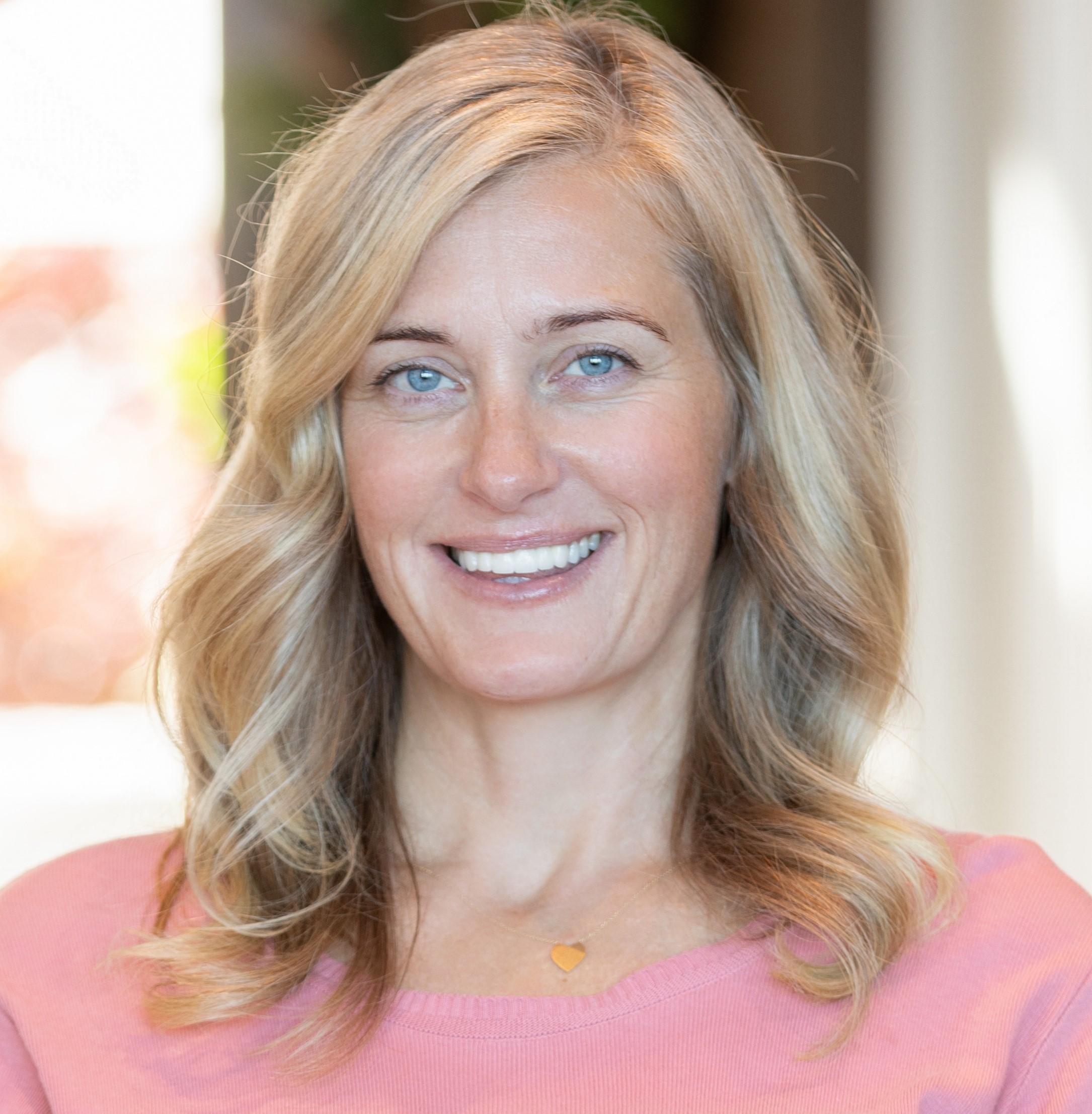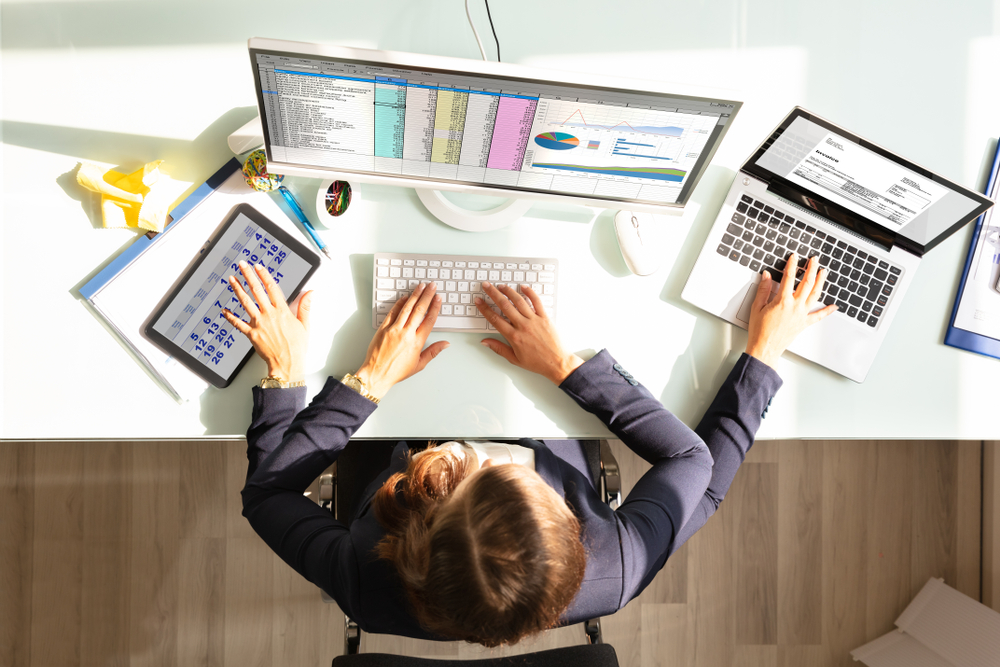Multitasking is a productivity hack well past its prime. According to the Cleveland Clinic, “Studies show that when our brain is constantly switching gears to bounce back and forth between tasks – especially when those tasks are complex and require our active attention – we become less efficient and more likely to make a mistake.”
Simply put, multitasking doesn’t help us get further ahead. It can actually hinder progress by leading to more errors and stress along the way.
With so many forces competing for our time and attention, the habit of doing three things at once is hardly unusual. But perhaps you, like me, are eager to ease your cognitive load — to work smarter, not harder. Check out these approaches to your daily “doing.” They are gentle on the nervous system and will help you be productive without feeling burned out.
Create Systems and Routines
We all have that friend with 4000 unanswered emails in their inbox. The thought of that gives me serious angst, sweaty palms and all. Not because I’m super organized all the time, but because life feels easier when there are systems and homes for things.
So much of life is out of our control. And challenge can be good: it gives us opportunities to learn and grow. But unnecessary chaos gets in the way of joy, clarity and purpose.
You can get more done by giving yourself space. And systems and routines free up space. You can apply a systematized model to any task you regularly repeat. Folders for your email inbox make it fast and easy to delete, save or unsubscribe. Notes and spreadsheets allow you to track and stay on top of tasks at work. An organized, simple system at home makes it easy to find things when you need them. It all saves time and frees up mental space.
Establish routines that feel natural and satisfying. They should ease your stress, not add to it. Many people love meal planning and shopping on a Sunday so they don’t feel stretched for time throughout the week. I use a planning system to organize my work ahead of time. My ritual is to map out my next week on a Friday so that I can close the door on work, enjoy the weekend and pick up on Monday, ready to go. Routines let us enjoy what’s coming up instead of constantly racing the clock.
Batch
To batch is to group similar tasks and do them all at once. It may feel like a commitment of time in the moment, but it frees up space down the road. Food prep is the classic example of batching. Pick a day, and spend 2 to 3 hours prepping food for the week ahead: clean and chop produce, cook your protein, make a casserole or soup. That way, you can grab veggies for a snack or put together quick lunches and dinners when you are in the thick of a busy week. Batching reduces the stress of cooking and can even make it enjoyable because everything is ready to go.
As a content creator, I write about topics related to well-being, healthy habits and empowerment. I send out a weekly happiness note every Thursday that gives readers simple mindset strategies to remember the good, feel their best and reset as needed. I’ve been creating and sending the notes out every week for almost a decade, which has required serious organization. I batch my content by creating an editorial calendar 6 months ahead. The investment of time is well worth it. Each week, when I am creating my weekly happiness note, I already know the topic and where my evergreen content lives. This makes it stress free and seamless to put together. If I didn’t batch the work ahead of time, I am certain I wouldn’t be able to deliver the notes consistently. And I haven’t missed a week in a decade. Batching works! Use it for any tasks you can group together, and make life easier in the future.
Single-Task & Delegate
Single-tasking is exactly what it sounds like: one task at a time instead of three. And with completion comes clarity. That particular task, and its associated energy, are no longer hanging over you, adding to the pile of things to do.
If it’s tough to focus on only one thing, imagine a block of time. Set realistic expectations for what you can achieve in that amount of time, without distractions. Then turn off interruptions like emails and notifications, and set a timer. Jump in with curiosity, and see what it feels like to commit to being present and focused for that block of time. Pat yourself on the back for sticking to that one thing. Repeat as necessary.
Many of us have a hard time letting go of everything on our plate. Perhaps we think it’s easier to do it all ourselves, or we want things done in a particular way. But the drive to be superhuman will inevitably lead to multitasking and burnout, neither of which will get the job done. See what it feels like to delegate or ask for help. Letting go may wind up being an opportunity for learning and growth. But no matter what, it’s guaranteed to save you precious time and energy. That will lead to fulfillment.
We spend so much of our day doing that we can detach from our sense of being. Creating new habits that allow for a quieter, more attentive approach to our to-do list gives us ample space to connect to who we are. Life is so much more than the tasks we perform, but we will enjoy them more if we lighten the cognitive load along the way. See what shifts when you let go of multitasking and make room for ease of living. My bet is you will get lots done—and enjoy the ride more.
Article originally published on emilymadill.com


